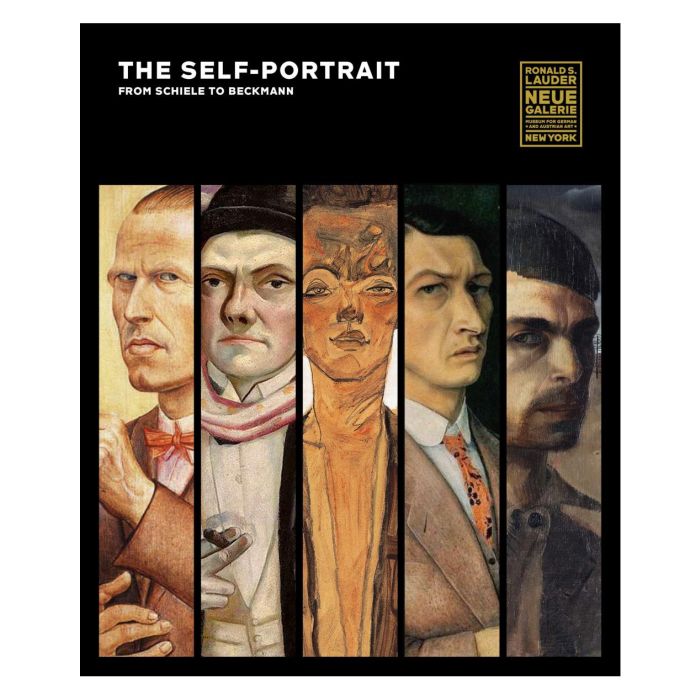My Cart
Your cart is empty
Looks like you haven't made your choice yet.
- Subtotal
The Self-Portrait

From Schiele to Beckmann
- Prestel
- Expo: 28/02/2019 - 24/06/2019, Neue Galerie, New York
- Tobias G. Natter
More Information
| Publisher | Prestel |
|---|---|
| ISBN | 9783791358598 |
| Author(s) | Tobias G. Natter |
| Publication date | February 2019 |
| Edition | Hardback |
| Dimensions | 285 x 235 mm |
| Illustrations | 167 col.ill. |
| Pages | 216 |
| Language(s) | Eng. ed. |
| Exhibition | Neue Galerie, New York |
Description
This visually stunning volume offers perceptive examinations of several renowned German and Austrian Expressionist artists who redefined modern self-portraiture. The self-portrait has been a vital aspect of artistic expression throughout history. Neo-Classical painters such as El Greco and Rembrandt formalised the practice, and the first half of the 20th century saw a dramatic transformation in the self-portrait's style and context, especially in the hands of the German and Austrian Expressionists. Vibrant reproductions of works by Egon Schiele, Max Beckmann, Ernst Ludwig Kirchner, Oskar Kokoschka, and others are accompanied by essays that explore how these artists - many of whom were classified as ''degenerate'' by the Nazi party - imbued their images with eloquent expressions of resistance, isolation, entrapment, and provocation. From Schiele's erotically charged and overtly physical paintings to Beckmann's emotionally fraught depictions of psychic trauma, this important examination of a powerful aspect of modern European painting brilliantly illustrates how the Expressionist self-portrait became a powerful weapon against artistic oppression.

The Self-Portrait
